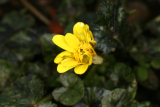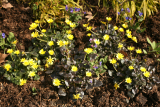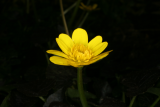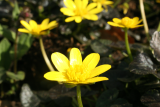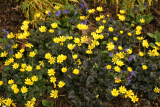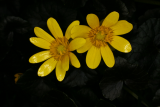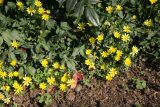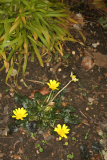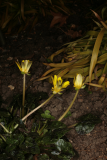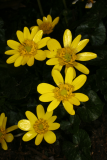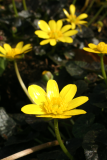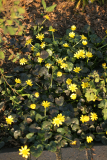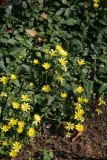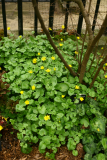Additional notes (click to expand)
Medicinal
Traditional Herbal Medicine Registration (THMR).
In traditional herbal medicine:
Lesser celandine has been used for thousands of years in the treatment of haemorrhoids and ulcers[254]. It is not recommended for internal use because it contains several toxic components[254]. The whole plant, including the roots, is astringent[4, 165, 238]. It is harvested when flowering in March and April and dried for later use[4]. It is widely used as a remedy for piles and is considered almost a specific[4, 238]. An infusion can be taken internally or it can be made into an ointment and used externally[4, 238]. It is also applied externally to perineal damage after childbirth[238]. Some caution is advised because it can cause irritation to sensitive skins[244].
http://www.pfaf.org, https://pfaf.org/user/Plant.aspx?LatinName=Ranunculus+ficaria
Nomenclature
Synonym - Ficaria verna
Plants of the World online, Kew Science http://www.plantsoftheworldonline.org/taxon/urn:lsid:ipni.org:names:712703-1
link
Geographical distribution
- Africa, Northern Africa, Algeria
- Africa, Northern Africa, Libya
- Africa, Northern Africa, Morocco
- Africa, Northern Africa, Tunisia
- Asia-Temperate
- Europe
Ranunculus ficaria
Family: RANUNCULACEAEGenus: Ranunculus
Species: ficaria
Common names: Lesser Celandine
Distribution summary: Europe, N. Africa, S.W. Asia
Habit: Perennial
Hardiness: H5 - Hardy; cold winter
Garden status: Not currently grown
Flowering months: April, May
Reason for growing: Medicinal
